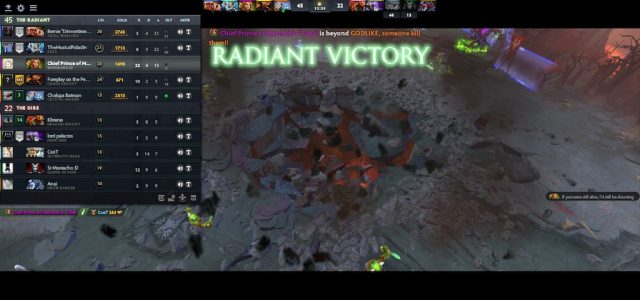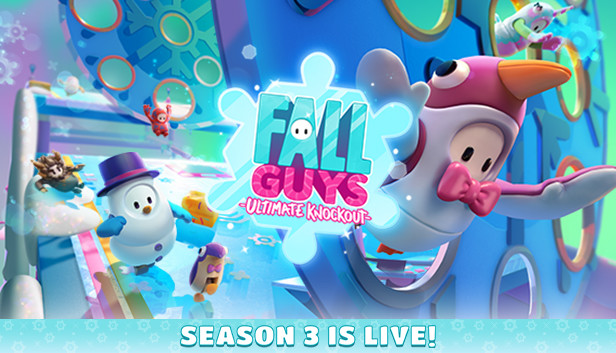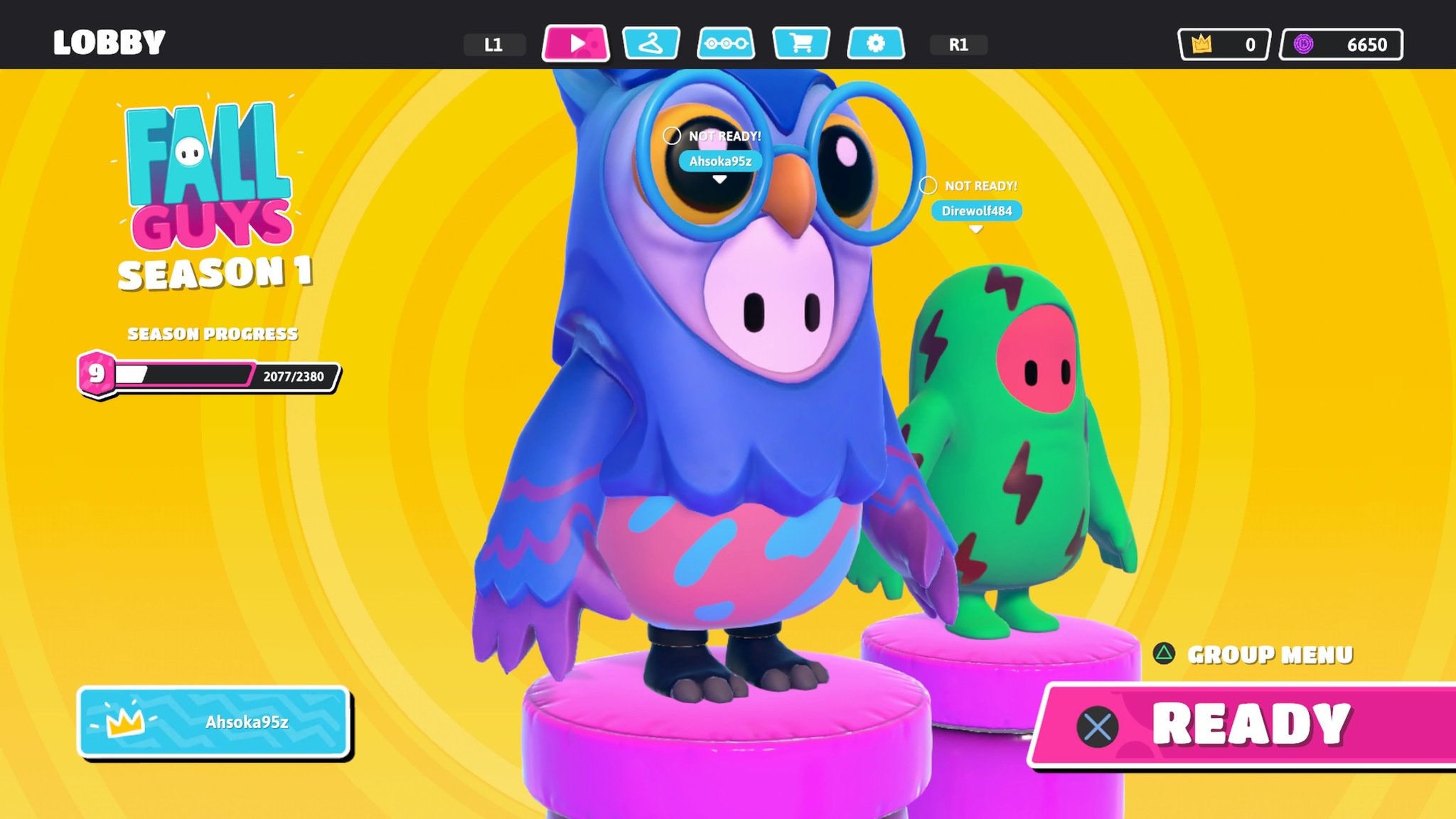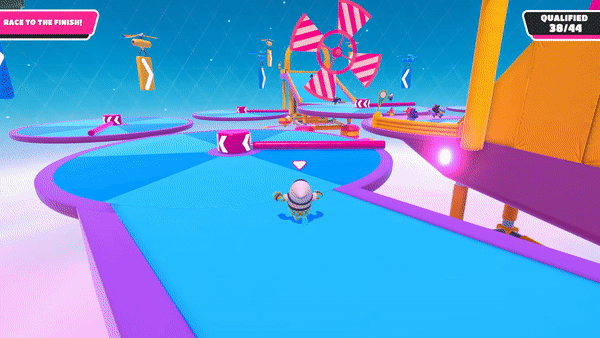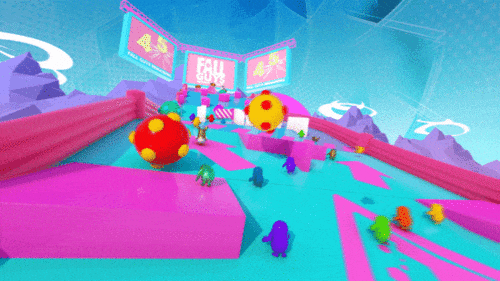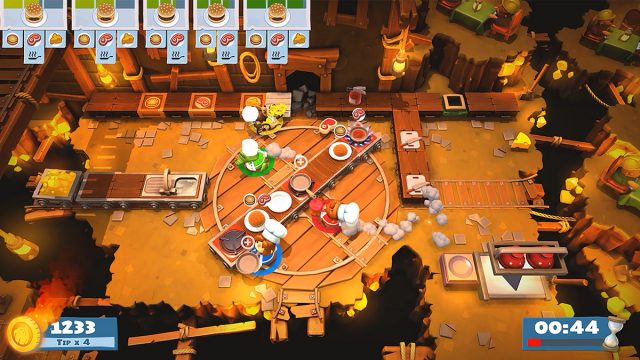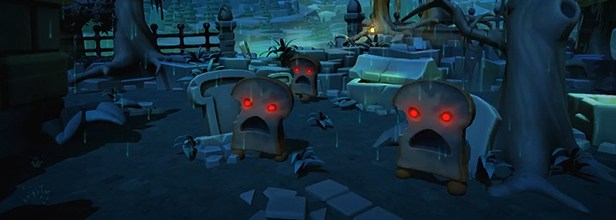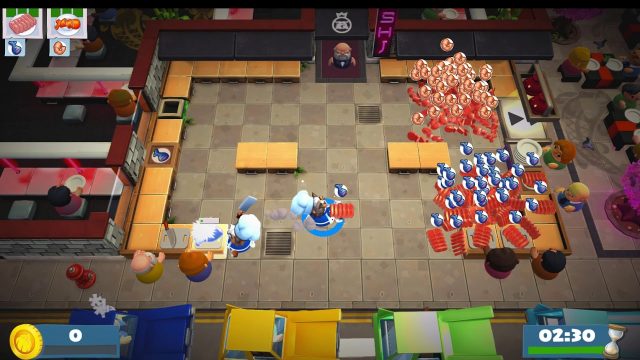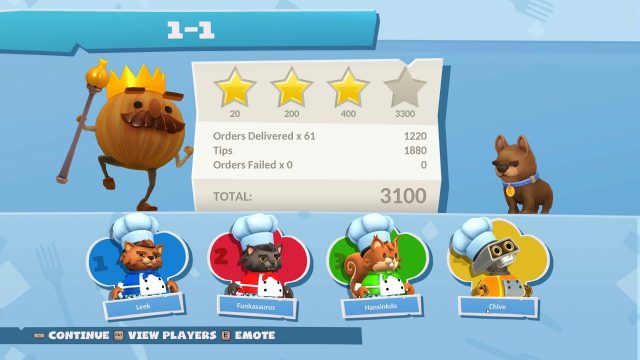Description
Overwatch is a First Person Shooter (FPS) game, where players get to choose a hero they want to play from a particular selection. Each hero generally has unique abilities that differentiate themselves from one another. Working in a team of 6 players against another team of 6, the primary goal of players is to capture points or escort what is known as a “payload” to a destination, whilst trying to kill the enemy team to aid this process.
/cdn.vox-cdn.com/uploads/chorus_asset/file/19743154/OVR_PR_Switch_GameplayShots_XA_036_A.png)
Below is a link showing some plays from various Overwatch professionals collected into a montage. They show what the UI of the game is like and the general gameplay as well:
https://www.youtube.com/watch?v=NB_Dd9WZwNk
Lens 9 – Elemental Tetrad – Aesthetics
The game primarily has 2 major items which aesthetics play a rather major role in. The first being the maps in which the players play in. These maps are generally designed based off real life buildings, as seen in the picture below.
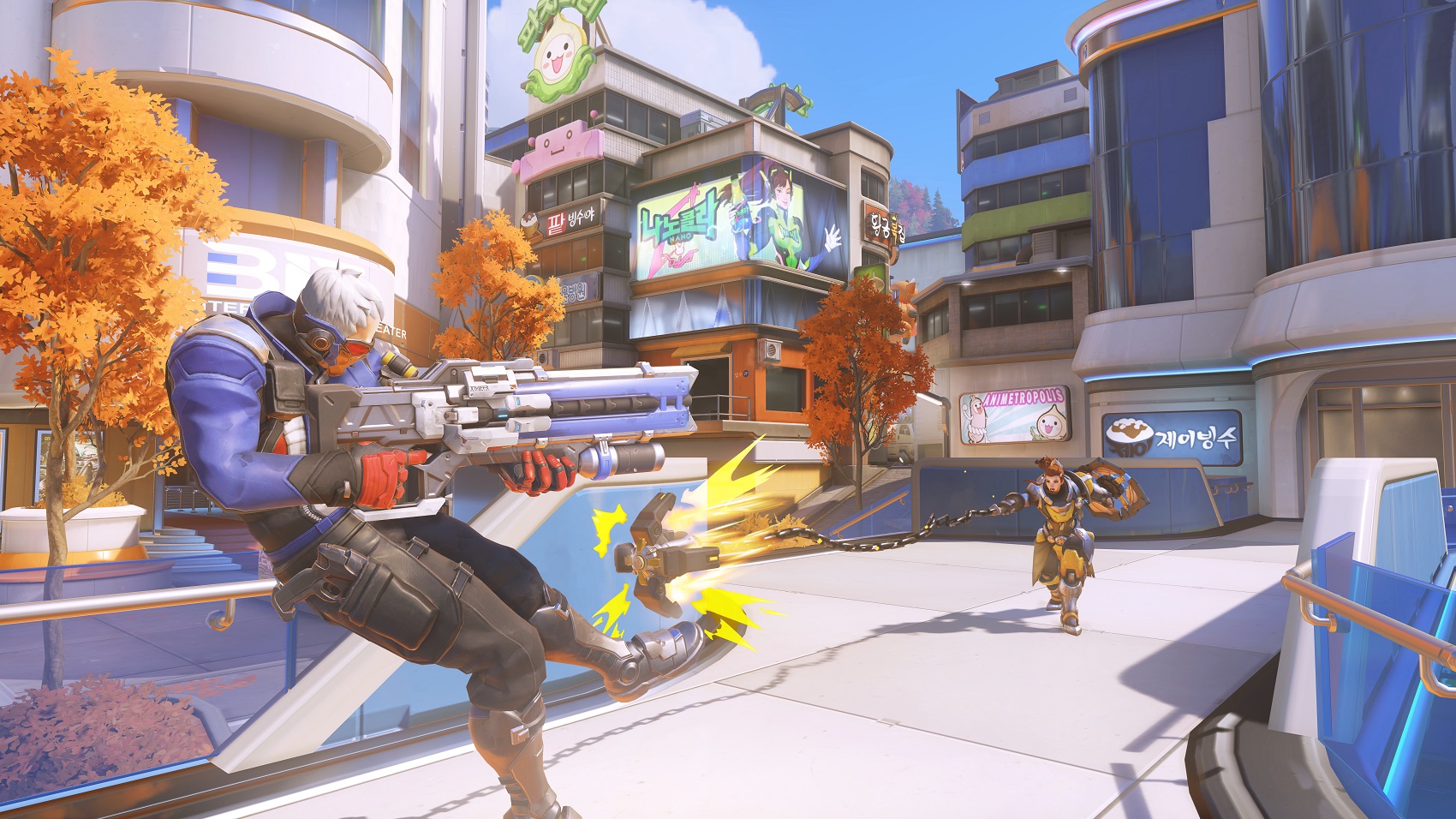
The art is designed such that players will feel more of a mental model connection with the buildings you see in real life. For example, the buildings can act as shelter for a player to take cover from enemy fire, and the open areas outside of a map generally signal to a player that falling off there would lead to certain death.
The other major item is the characters (or heroes as they are termed in Overwatch) themselves. Fine details are made to the skins of each character, such as having shurikens as weapons, which is used by a character that has the background of being a ninja. In addition, the game has many skins that the player can earn and use, so that they can see the weapon that they use in the most aesthetically pleasing way.

Lens 9 – Elemental Tetrad – Mechanics
Each hero is generalised as having a primary way of attacking, using the weapon that they are holding. Some heroes have an alternative way of firing their weapon (also known as secondary fire). The most unique part is the abilities that each hero has, which are generally kept within 2 to 3, along with an Ultimate ability that the player charges up to use.
The general mechanics of the game is quite simple to understand. Attacking the enemies and dealing damage provides charge for a player to use their Ultimate ability, and each of their regular abilities have a cooldown. Killing the enemies are generally the best way to progress to their objective, which is to capture the enemy’s points, or push the payload to the enemy’s territory. This enables a wide range of players to enjoy the game itself.
Each of the heroes, given the wide variety available, then has different mechanics and skill ceilings based off the heroes abilities and general recommended playstyle. This allows players to find the hero that they are most comfortable with, or challenge themselves to play a hero that is more mechanically demanding, making the game more interesting.
Lens 9 – Elemental Tetrad – Story
Overwatch lore and backstories for each of the heroes is something that has been present since the early conception of Overwatch beta. However, even though the game has made Player vs Event modes before that touch more and expand upon the Overwatch storyline, it is safe to say that most players are playing an FPS game more so for the action rather than the history. It is worth noting however that this is not necessarily a bad thing, as the initial introduction to the lore can help serve as a starting point to attract players to try out the game, and hopefully convince them to stay through the mechanics and aesthetics portion.
Lens 9 – Elemental Tetrad – Technology
One of the points about technology that makes Overwatch stand out is the overall capability of being able have such a fast paced game without giving up a lot of performance. Based on the Youtube link in the front part of this analysis, you can tell that Overwatch has a lot of different unique models, coupled with complex effects that come from the player weapons. Some heroes even have the ability to teleport or move at rapid speeds using their abilities. Yet, somehow the game manages to give the players a seamless experience when playing, which is something I felt was very important for a game like Overwatch to succeed. Sure, you can compare it to other FPS’s like Quake or CounterStrike, but the quality of art and design in Overwatch is relatively much more vivid compared to those games.
Lens 34 – Skill
Overwatch mainly requires players to have the skill to aim and shoot. In terms of practicing, the players are able to train in the practice range against bots and such, but they are also able to play general games against other public players, using a hidden MMR (Match making rating), so that players of generally equal skill values are matched up against one another for an overall better game experience.
The player is also required to have the skill to discern what they should play based on a multitude of factors, such as the enemy’s team composition, the map itself, what their teammate’s are playing, and so on. This skill is relatively hard to acquire and requires much practice and playing in order to develop a sense for the game, but having such a skill helps to set apart the players who are exceptionally good, which can give them a sense of overall achievement in the game through competitive game modes.
Lens 37 – Fairness
As touched upon briefly in the Lens of Skill, the general public game mode that most players engage in is called “Quick Play” and it involves the system using a hidden “Match making rating” to put the player alongside 11 other players that have a similar rating, in hopes to provide a better and fairer game. The more the player plays, the more statistics that Overwatch has to come up with a rating that is as close to the player’s skill level as possible. In the competitive mode, this rating similiarly applies, but it is a publicly shown value instead.
Lens 44 – Cooperation
In each of Overwatch’s game modes, players who are in the same team as one another can enter a voice channel and communicate, so that they can time their attacks and usage of abilities together with their teammates. In addition, communication in Overwatch is considered one of the key aspects needed in order to raise one’s chances of winning the game, as timing your attacks with your team helps to bring down the enemy quicker and faster, instead of operating as a solo minded player.
However, sometimes the team can be a group of total strangers, where 6 solo players are grouped together. In that event, Overwatch does not contain any form of avenue for these players to try and get to know each other first, which is understandable since this can waste the time of the players when they want to play as many games as possible. Another seemingly bad point is that Overwatch has no particular roles when it comes to communication, hence there can be situations where the communication channels are overloaded with information, or filled with silence. Either way, both scenarios are generally considered bad and hinder teamwork.
Lens 87 – Character Traits
This lens could possibly be the most defining aspect of Overwatch, since the traits of each hero are very unique, and are usually very strongly tied to the hero.
For example, there is a hero called Genji who is supposedly a ninja. His weapons consist of shurikens which is generally what ninjas are perceived to use. His abilities include deflecting the enemy’s attacks, showcasing the swiftness and agility of a ninja, as well the ability to dash across a given distance. These abilities and actions that the hero has are usually created based off the hero’s traits, which is something I found to be very unique and helps given our mental models of certain heroes.
Conclusion
Overall, Overwatch has succeeded in being a very popular game, with many Overwatch professionals having a successful career in the Overwatch League.
This can be attributed to the way the game easily allows players of various skill levels to enter and play, without much regard for their previous gaming experiences, and yet ensuring relatively balanced games each time. In addition, the way each character is so uniquely developed helps to ensure that each game is relatively fresh and new. Finally, the overall aesthetics in this fast paced game rounds up the quality of the gaming experience.
Although the game quality can be quite hectic and bad when communications die down during a competitive match, those are still relatively few are far between, given the usual player’s drive to win. Hence, I feel that Overwatch is a game that I not only enjoy, but which many others do too.



